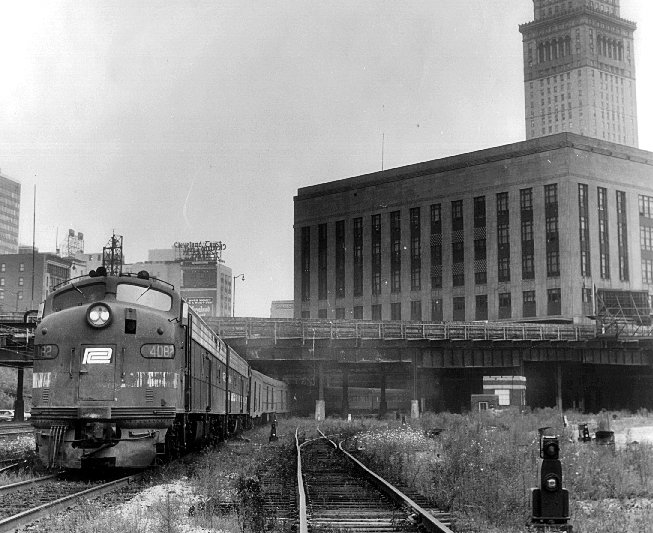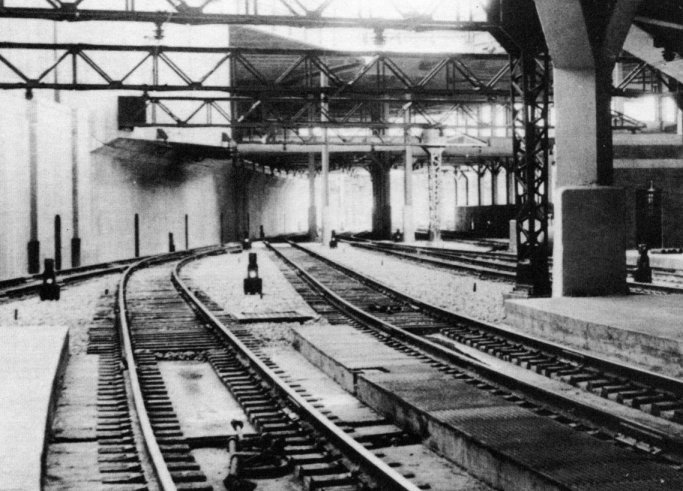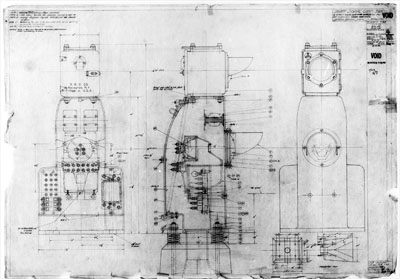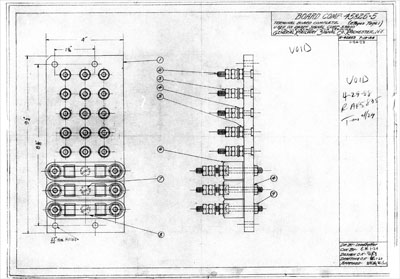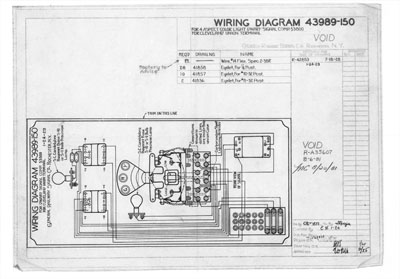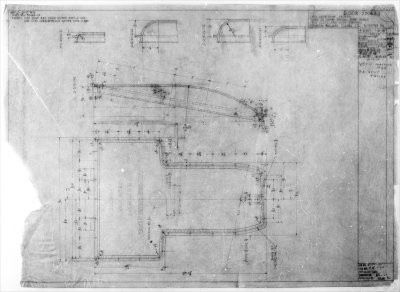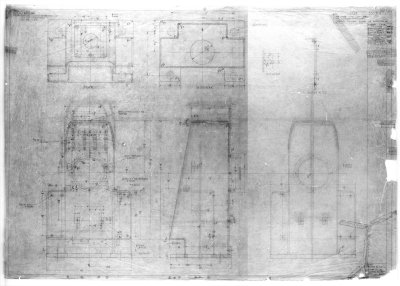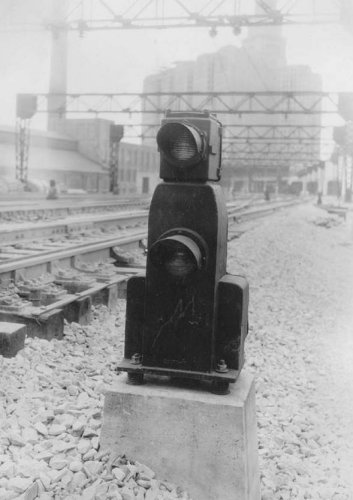
Four Indication Dwarf: Front
Photographer/Date Unknown
The terminal had 12 station tracks and platforms and had a 10 track coach yard. With a terminal with so much rail traffic a signal system was needed to move trains efficiently. A two story brick/concrete tower was built; the basement housed the crew lockers and the transformers and batteries. The first floor housed the relay room and the telegraph and telephone rooms. The second floor housed the interlocking machine and the maintainer’s room. The tower was 144 feet long by 17 feet, and had a General Railway Signal Company Interlocking machine that had 576 Levers. The interlocking machine was custom in that it was broken into 6 sections, this being that if one section broke and needed repair they could take that section of the interlocking machine out of service and continue using the other sections. The model board was also broken into 3 sections for better viewing. The total length of the interlocking machine was 95 feet.
The tower controlled 124 switches, double-slip switches, movable-point frogs, derails and 193 signals. Of the 193 signals 40 were high mast signals and the other 153 signals were custom made 4 indication dwarf signals. The dwarf signals were custom made to represent the Terminal Tower. The signals also housed the transformers and control relay inside. They were made by General Railway Signal Company in the late 1920’s. The signals were set so that the lower lens is 10” above the rail with the top marker being 16” above the rail.
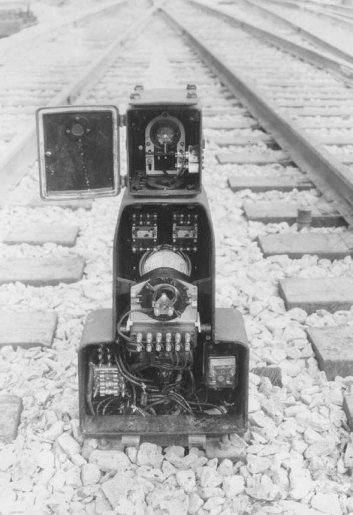
Four Indication Dwarf: Rear, showing interior
Photographer/Date Unknown
